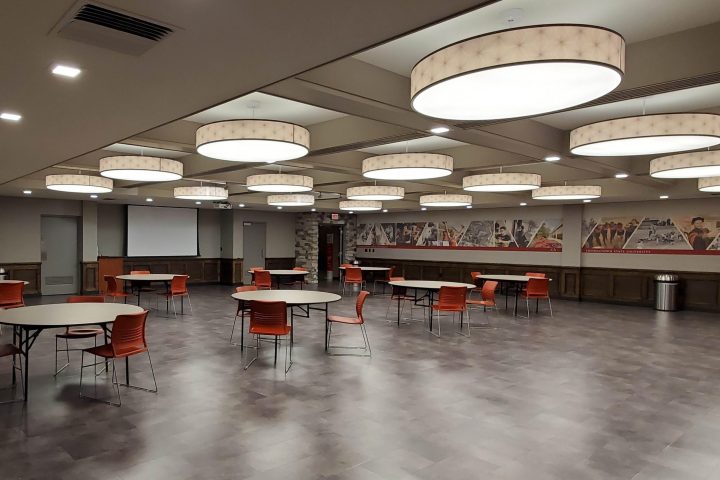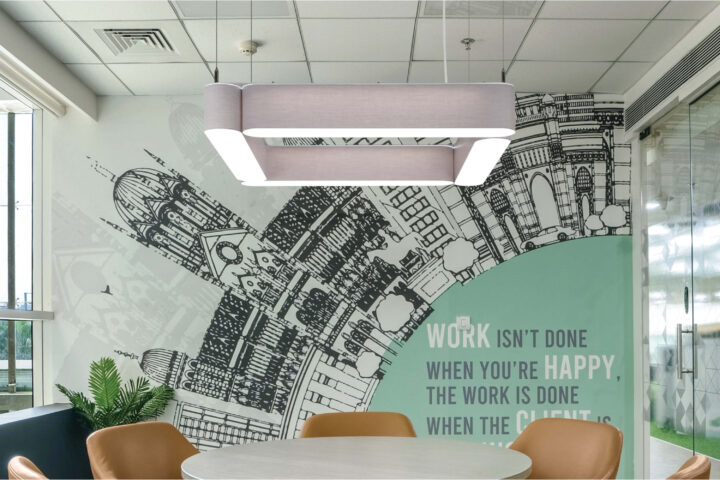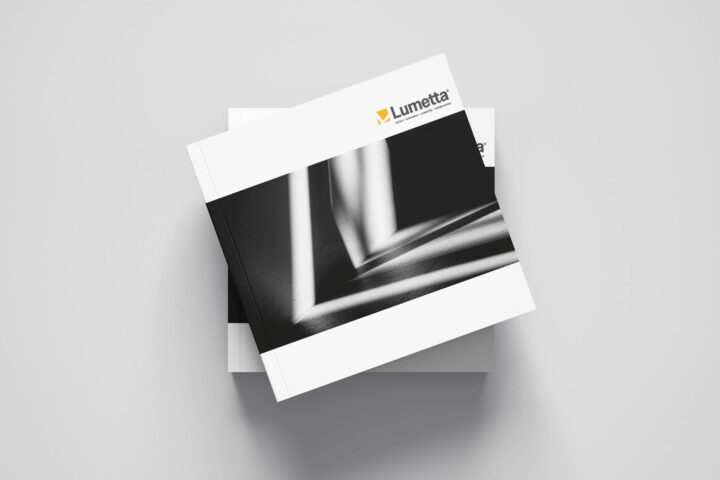Top 5 Tips for Planning Your Next Lighting Design ProjectAugust 2024
Top 5 Tips for Planning Your Next Lighting Design Project
One of the key advantages of partnering with Lumetta is gaining access to our concierge-level professional services. Our team of experts in design, manufacturing, and engineering is here to guide you through every aspect of your project, from selecting design options to addressing engineering and installation challenges. For instance, our Engineering Expert Ryan Heelan has compiled five essential tips to consider when planning your next project, ensuring a smoother and more informed process.
1. Material Constraints
The first and most crucial step is to assess whether your preferred raw materials can be sourced in the required quantities, sizes, and time frames. If the materials are available, consider whether any of them might increase the weight of fixtures, potentially necessitating stronger structural support, which could impact mounting options and ceiling load capacities. Explore alternatives if needed.
Additionally, evaluate the accessibility of the installation site, especially if large or cumbersome materials might complicate installation in tight or hard-to-reach areas. Finally, ensure all selected materials comply with safety and regulatory standards, including fire ratings, electrical safety, and building codes.
2. Future Maintenance
Planning for future maintenance from the outset is essential. Design lighting fixtures to ensure easy accessibility, considering installation height and maintaining clear access paths. Opt for a modular design so that components can be serviced or replaced individually, which minimizes downtime. Choose standardized, durable materials with long lifespans to reduce maintenance frequency and costs. Establish clear maintenance protocols and provide detailed documentation for staff.
Incorporate energy-efficient lighting solutions, such as LEDs, to extend the lifespan of the fixtures and reduce maintenance needs. Ensure that fixtures are securely installed but can be easily removed and reinstalled to simplify maintenance and lower labor costs.
3. Installation Requirements
Assess if specialized equipment like cranes, lifts, or scaffolding is needed for high-ceiling or hard-to-reach areas and arrange for its availability in advance. Consider the size and skill level of the labor crew and any required collaboration with other trades.
Evaluate the need for multiple power feeds in large spaces to manage circuit loads, improve reliability, and facilitate future expansions or maintenance. Consider the electrical infrastructure meets the system’s voltage and load requirements and consider backup power for critical areas.
Confirm there is adequate space for staging, assembly, and installation, and mounting surfaces are prepared. Coordinate the installation schedule with other construction activities to avoid conflicts and minimize disruption, ideally opting for off-peak times like nights or weekends.
Verify that all installation activities comply with local building codes, safety regulations, and industry standards. Coordinate with other trades, such as HVAC or plumbing, to avoid conflicts and schedule site access to maintain uninterrupted progress.
4. Upfront Costs Vs. Future Costs
Investing in higher-quality materials may increase initial costs but ensures longer-lasting installations and reduces the need for frequent repairs or replacements. Advanced lighting technologies, such as LEDs, offer long-term savings through lower energy bills and reduced maintenance.
Incorporate smart controls like dimmers, motion sensors, and daylight harvesting systems to enhance energy efficiency and extend the system’s lifespan. Modular fixtures simplify future maintenance, reducing labor and parts costs. Opting for products with reliable warranties and customer support will assist in guarding against unexpected expenses.
Hiring skilled professionals for installation minimizes the risk of costly errors and safety issues.
5. Budget vs. Reality
Focus on the project’s critical aspects—safety, regulatory compliance, and core functionality—since these are non-negotiable. Consider cost-saving measures for non-essential elements like decorative features, premium materials, or advanced technology.
If the project involves numerous fixtures, reducing the number of lights or scaling back the installation can lower material and labor costs. Although LEDs have a higher initial cost, their energy efficiency and durability provide long-term savings.
Considering less expensive materials or fixtures might cut initial costs but could lead to higher maintenance expenses in the long term. Negotiate bulk discounts with vendors and schedule the project during contractors’ off-peak times for additional savings.
By strategically making compromises where possible without sacrificing quality or functionality, you can stay within budget and achieve project success.
Successful project planning requires careful consideration and a dependable team. At Lumetta, we ensure not only aesthetic appeal but also high-quality fixtures and materials that meet rigorous standards and provide long-term support.
Our experts are ready to tackle even the toughest questions and have extensive experience in custom projects of all sizes. We offer solutions to complex challenges and guide our clients to achieve the most successful project outcomes.
To learn how Lumetta’s Design, Engineering, or Manufacturing experts can assist with your next project, contact us. We are here to guide you.
Have a question for our experts? We would love to hear from you—your question might be featured in our next column!







